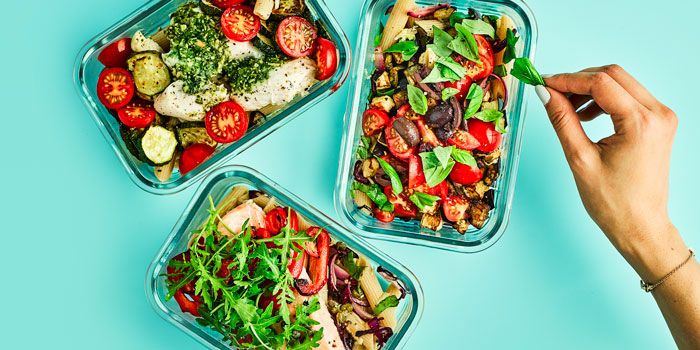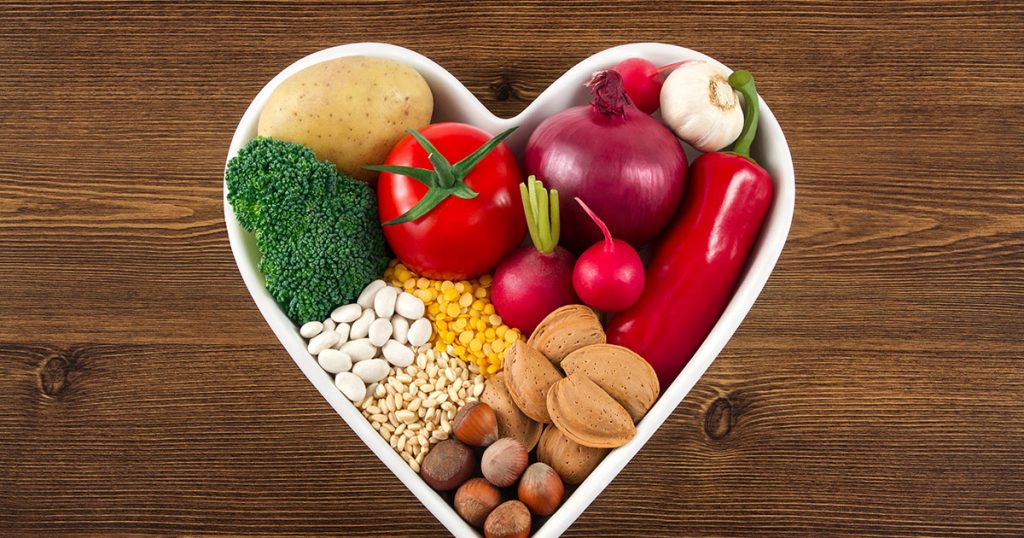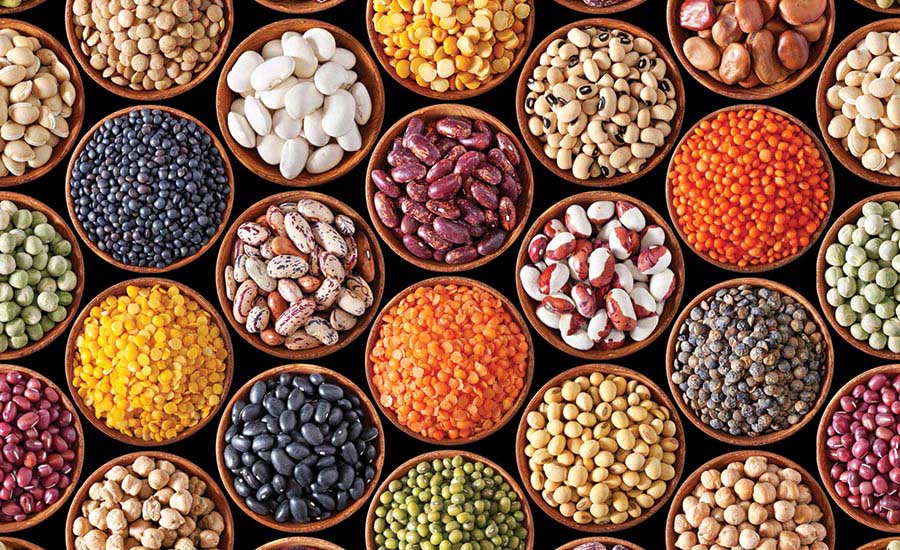Despite hectic schedules and fast food restaurants on every corner, a healthy meal is actually easy to put together in about as much time as it takes to wait in line at the grease-laden, waist-busting drive-through. Prepare a grocery list each week and keep it simple, fresh and in reasonable portions, and satisfying, interesting and healthy meals will become something to look forward to.
The Components

What makes up a healthy meal? Each meal should incorporate foods from several food groups to increase the absorption of a wide variety of nutrients: fruits, vegetables, whole grains, fat free or low fat dairy, lean protein and nuts, seeds and legumes. Variety is key, both in type and in color. Portion control is also important; limit plated protein to a size no larger than the palm of your hand, and load up on raw, steamed, broiled or grilled vegetables and fresh fruits, with whole grains and dairy rounding out the meal. Fruits Eat a variety of fruits. Even though blueberries are considered a super-fruit (which means they are very nutritious, providing vitamins C and E, as well as antioxidants), blueberries alone cannot provide well-rounded nutrition. Don’t keep one fruit as the primary snack in the house; incorporate blueberries, strawberries, Bing cherries, pineapple, green grapes, papaya, mango, kiwi—any fruits that are in season should be easy snacks to grab.

Vegetables
As with fruits, eat a variety of vegetables. Raw veggies pack a terrific nutritional punch. The healthiest ways to prepare cooked vegetables are to broil, grill or steam them. These methods keep the nutrients in the vegetables. Boiling vegetables drains nutrients from the vegetables, and sautéeing or frying adds calories and fat. If lightly sautéed vegetables are desired, use a minimal amount of olive oil. When you make a salad, load up on dark, leafy greens. Then add color to the plate: red radishes, yellow peppers, cauliflower, broccoli, purple cabbage, bean sprouts and mushrooms. For protein, throw on garbanzo beans (chickpeas) or tuna packed in water. Add balsamic vinaigrette or a vinegar and oil mixture (but be careful about adding too much dressing; 2 tbsp. is plenty) and top with nutrient-rich sunflower seeds or slivered almonds for some added crunch. Whole Grains Carbohydrates have gotten a bad rap because of all the fad diets that have claimed that carbohydrates as weight busters. However, complex carbohydrates—from whole grains—provide quick energy and introduce much-needed fiber. Choose whole grain breads and whole wheat pasta and tortillas, and look for cereals with a high fiber content. Dairy Fat free or low fat dairy products, such as cheese and yogurt, add flavor to so many dishes. The key is to limit the quantity of fatty cheeses added to meals, such as enchiladas and salads. Whole or 2 percent milk should be reserved for infants and toddlers. Adults who consume milk should drink low fat (1 percent) or fat free milk or soy. Soy milk is typically fortified with calcium and can be a good choice for those who are lactose intolerant. Lean Protein The typical star of the plate, the piece of protein should be relegated to a supporting player. While protein is necessary for long-term energy, the recommended daily allowance (RDA) for adults is around 50 g per day. Considering that 1 cup of milk has 8 g and 1 cup of dry beans has about 16 g, a 3 oz. serving of lean beef, chicken, pork or fish (about 21 g) is plenty of protein for one meal. Keep in mind that most restaurants serve 6 oz. or more of protein on each plate; it’s easy to see why portion control is so vital to good health.

Nuts, Seeds and Legumes
This food group is often overlooked but offers a lot of nutrition in tiny packages. Nuts (almonds, hazelnuts, peanuts, walnuts, mixed nuts) and sunflower and pumpkin seeds are tasty on their own as snacks or can be added to salads or pastas. Peanut butter—the perennial favorite of kids everywhere—is great on bread or crackers or served with apple slices or celery stalks. Kidney beans, lentils and split peas are soup starters and also fantastic with pasta or salads. They offer healthy fats and protein and are a vegetarian’s delight.